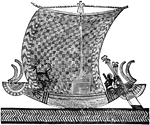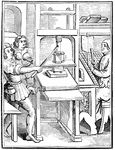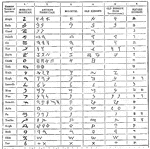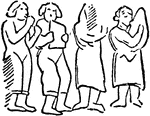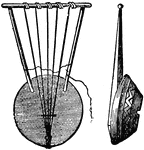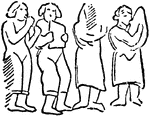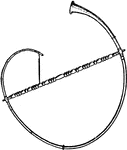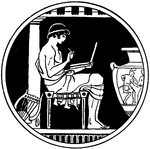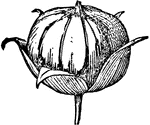
Parthenon
The Parthenon is the best-known surviving building of Ancient Greece and is regarded as one of the world's…
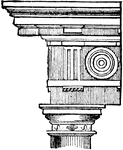
Doric Order
One of the three orders or organizational systems of Ancient Greek or classical architecture.
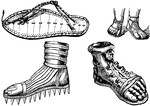
Sandals
A covering for the feet, consisting of soles so attached as to leave the upper part of the feet bare.…
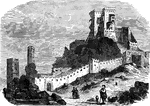
Thebes
The principal city of Baeotia, in ancient Greece, was situated in the south part of the country, onm…

Ptolemy (Claudius Ptolemaeus)
Claudius Ptolemaeus, known as Ptolemy, was an ancient geographer, astrologer, and astronomer.

Ptolemy Holding a Document
Claudius Ptolemaeus, known as Ptolemy, was an ancient geographer, astrologer, and astronomer.

Quetzalcoatl
Stone image of the feathered-serpent deity of ancient Mesoamerica, a god of Mexican and Central America.

Nebuchadnezzar
"The most illustrious of Babylonian kings, was the son of Nabopolassar, the general of the Babylonian…

Grotesque
"A style of classical ornament, so called, in the 13th century from its having been rediscovered in…
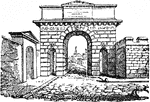
Gate at Herculaneum
The gate at Herculaneum. Herculaneum was an ancient Roman town famous for being preserved along with…

Greek Coin
"In the reign of Philip of Macedon, the coinage of Greece had attained its full development, having…
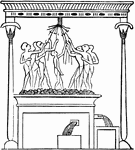
Wine-press
"An Ancient Egyptian Wine-press. The process of treading, which seems to have prevailed from the earliest…

Beni Hassan
"Among the figures painted in the very ancient tomb at Beni Hassan, in Egypt, occurs a group of figures…
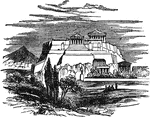
Acropolis
"Acropolis, 'the highest point of the city.' Many of the important cities of Greece and Asia Minor were…
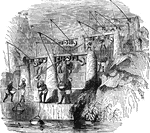
Shadoof
An irrigation tool invented by the people of ancient Sumer. It uses weights to make lifting buckets…

Angel
"An ancient English gold coin, varying in value. It was so called from the figure of the archangel Michael…
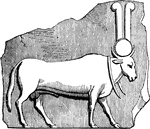
Apis
"The bull worshipped by the ancient Egyptians, who regarded it as a symbol of Osiris, the god of the…
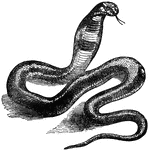
Asp
"A venomous serpent, the name of which has come down from ancient times; the vague descriptions of ancient…

Dalmatic
"The deacon's robe, in the Roman Catholic Church. the most ancient form of the dalmatic is exhibited…
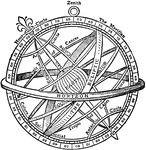
Armilla
"Armillary Sphere, an instrument used in astronomy. In its simplest form, consisting of a ring fixed…
Double Pipes
"Ancient Greek Double Pipes. Elgin Collection, British Museum." — The Encyclopedia Britannica,…

Obolus
"A small coin of ancient Greece, in later times of silver, the sixth part of an Attic drachma, equal…

Praying Mantis
"Probably no other insect has been the subject of so many and widespread legends and superstitions as…
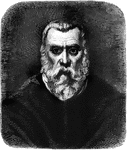
Tintoretto
This portrait is of the great artist, Tintoretto. He was a Greek painter who included external imagry…
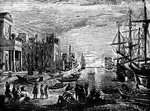
Seaport
This painting by Claude Gelle Le Lorrain happens to be one of the oldest etchings in oil. This painting…
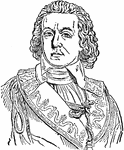
Comte de Barras
A French Jacobin, born in Province, in 1755, of an ancient family; served as second lieutenant in the…

Bias
Bias, one of the seven sages of Greece; a native of Priene, an Ionia; celebrated for his practical knowledge…











